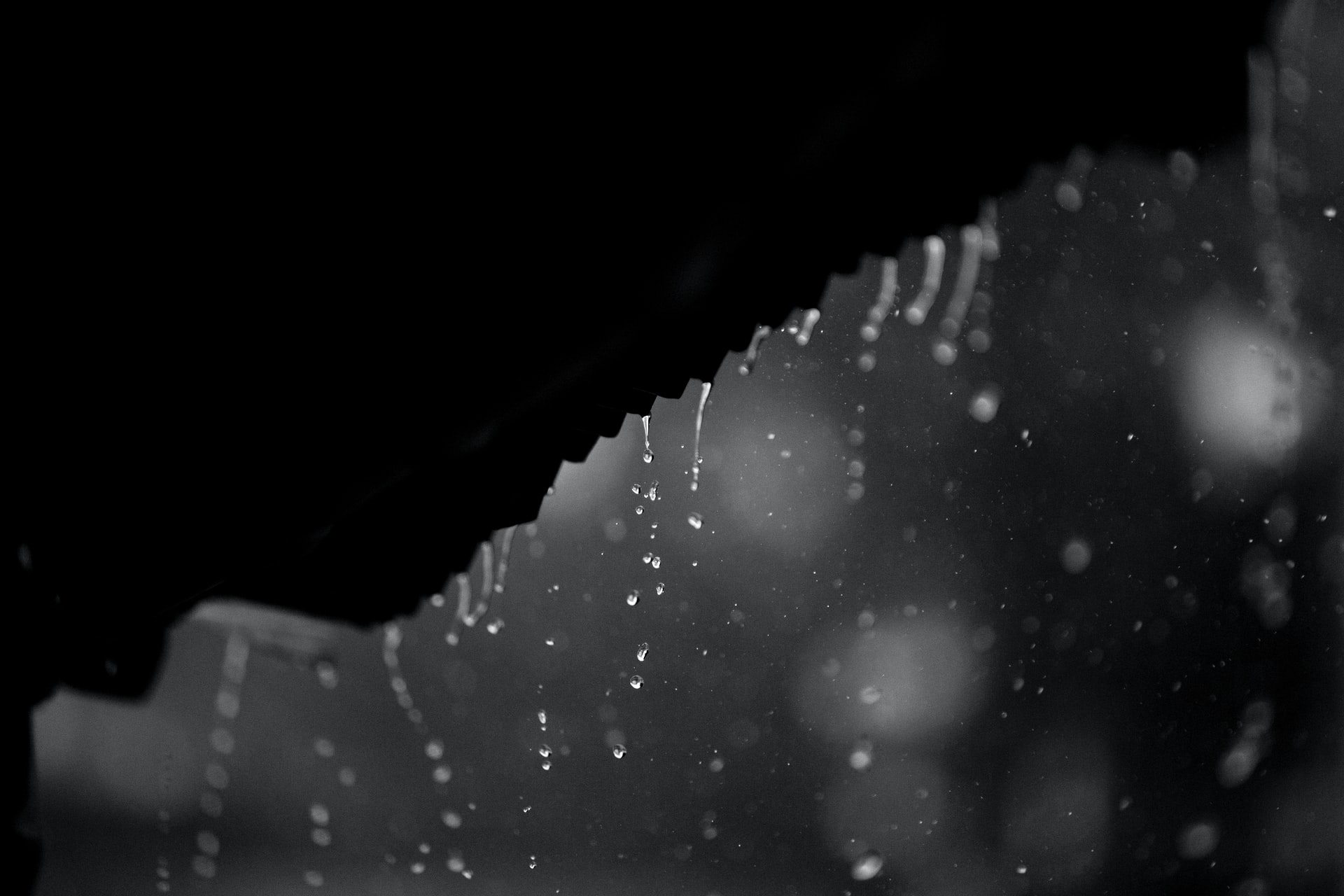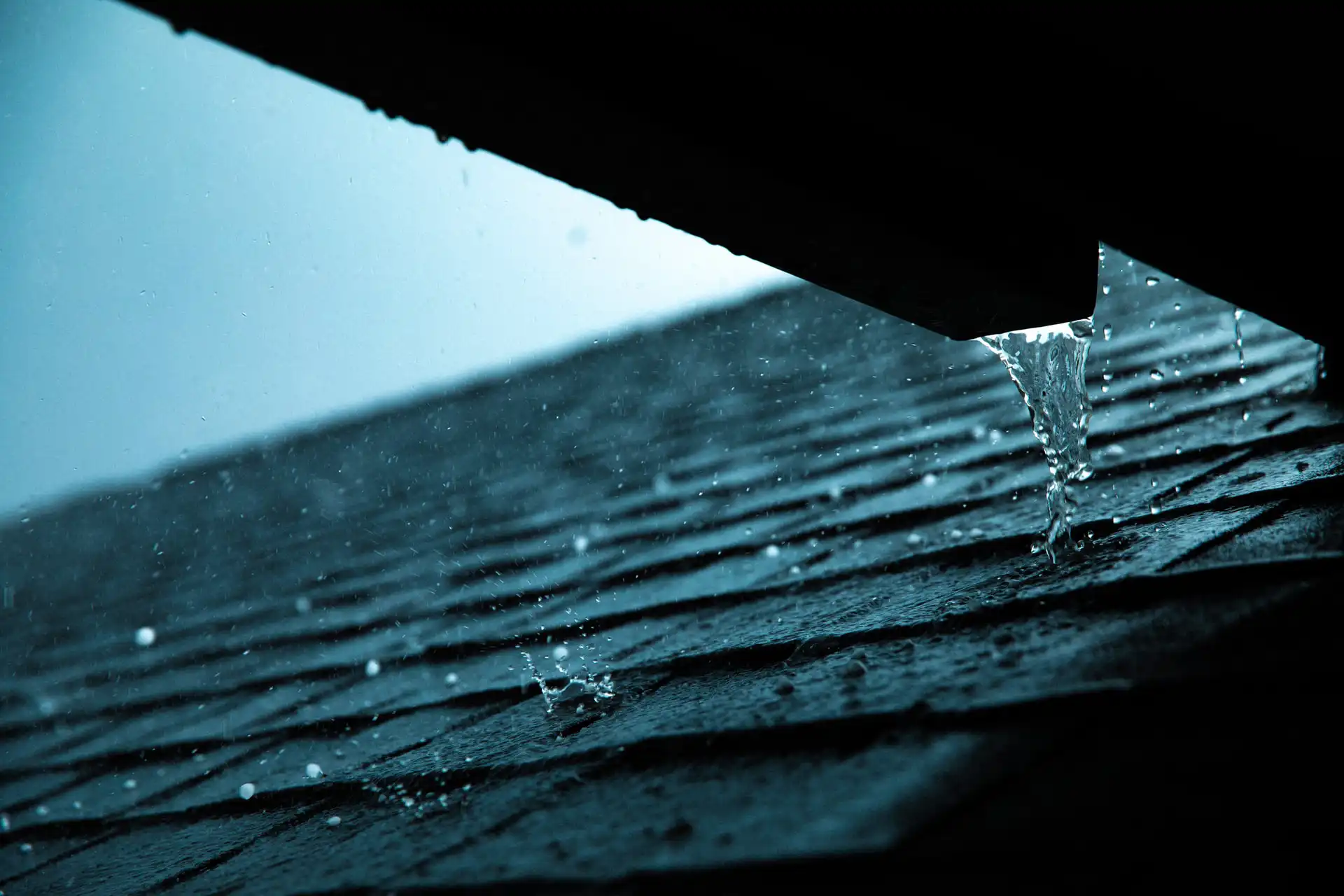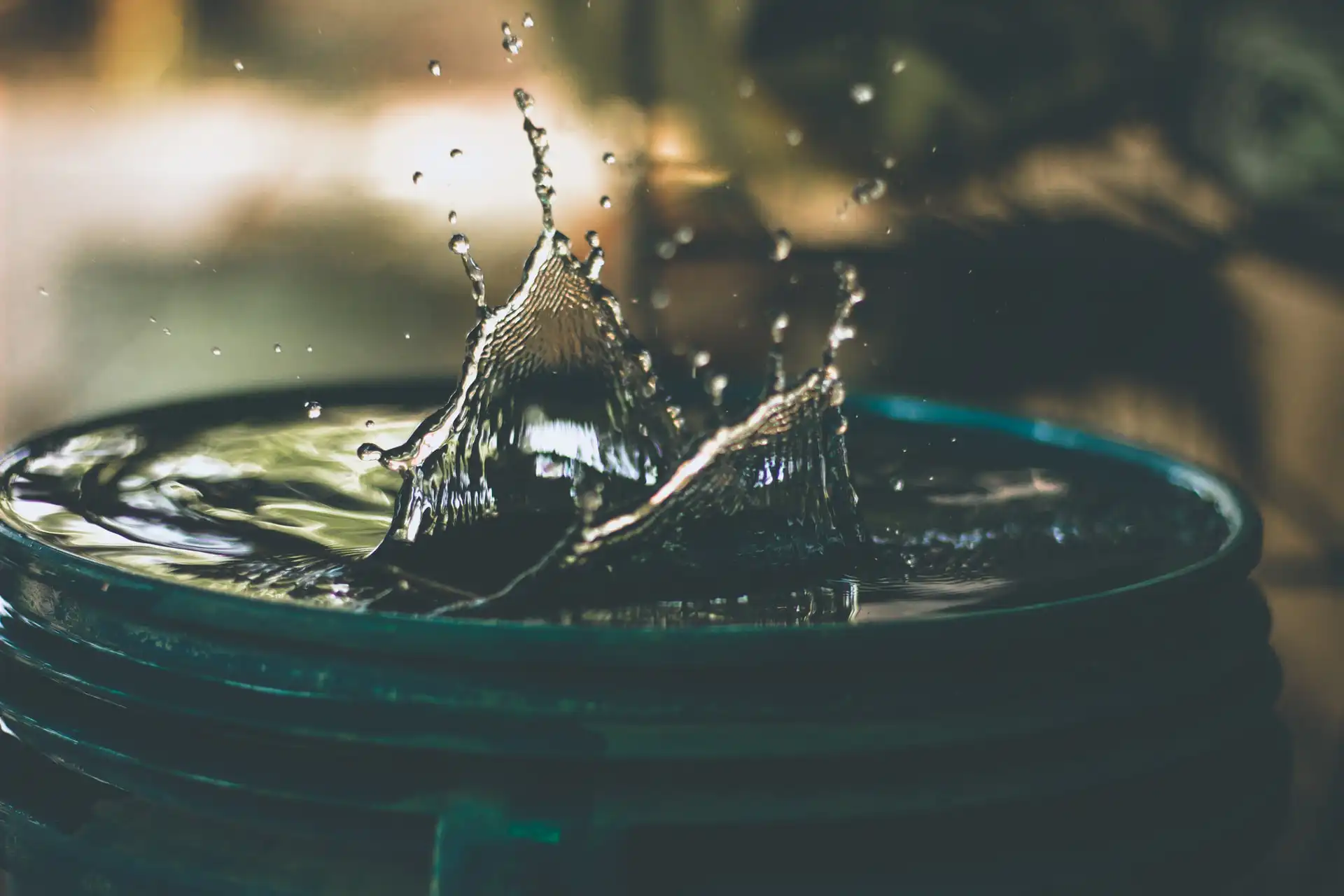29 Nov 2023
BANGALORE IS ALL READY FOR RAINWATER HARVESTING. LEARN HOW!

Rainwater harvesting systems must be operated and maintained on a regular basis
It is that time of the year when everyone is talking about rain and rainwater harvesting in Bangalore. With monsoon just months away and south-west monsoon already picking its course in a few states, the time is ripe to start planning. When communities start planning for harvesting, there are certain questions that pop up. Some of the list toppers being, “Isn’t rainwater harvesting too costly?” “What about all the tanks and systems?” and finally “Is this even going to work?” It is safe to say that it works! Let’s take a look at the example of Bangalore, India’s IT city which proved that the harvested rainwater is enough to run daily chores. Their magnificent rainwater harvesting system if adopted by other cities, villages and towns can bring a considerable decrease in water scarcity during summers.
Meet Bengaluru, The Second-Highest City in Rainwater Harvesting
Bangalore is known for its beautiful weather. Lovely winters, warm summers. But recently things took a turn for the IT city when summers became scorching hot and water started running dry. And when it rained, half of the city struggled with floods and catastrophes. Summer became a nightmare when people had to buy water from outside to do their daily chores. Reports suggest that since 2015, communities have spent nearly Rs 15 lakh annually on buying tank water. The government understood the severity of the situation and set out to sort it. The same water that caused havoc during the monsoon was the culprit that made people run around in summer looking for a source. The government came up with a life-changing solution and made rainwater harvesting compulsory in all new households and communities. (They clearly understood the assignment!) Initially, the project started with selected communities and housing areas but later expanded to include more regions. The government excluded old houses and made it obligatory for every new building to accommodate the system for rainwater harvesting. Within years, Bangalore overcame the water crisis and soar ahead to be ranked the second-highest in rainwater harvesting among Indian cities. Water-starved communities started using the harvested rainwater to manage their activities and soon they stopped buying water from outside. Besides this, it also helps in recharging the groundwater and mitigating urban floods. It even presented employment opportunities to many opening doors of economic development and possibilities.
Experts believe that a family living in a 30×40 home can meet their needs for four-five months using harvested water alone. And for a family living in a 40×60 home, the water can suffice them for five-six months. During this term, they don’t need to buy water from the municipality or from any other sources.
Initially, the project started with selected communities and housing areas but later expanded to include more regions. The government excluded old houses and made it obligatory for every new building to accommodate the system for rainwater harvesting. Within years, Bangalore overcame the water crisis and soar ahead to be ranked the second-highest in rainwater harvesting among Indian cities. Water-starved communities started using the harvested rainwater to manage their activities and soon they stopped buying water from outside. Besides this, it also helps in recharging the groundwater and mitigating urban floods. It even presented employment opportunities to many opening doors of economic development and possibilities.
Experts believe that a family living in a 30×40 home can meet their needs for four-five months using harvested water alone. And for a family living in a 40×60 home, the water can suffice them for five-six months. During this term, they don’t need to buy water from the municipality or from any other sources.
Filtration And Cost of Rainwater Harvesting: Everything You Need to Know
While some people use the harvested rainwater to manage chores such as cooking, cleaning, bathing, washing etc., some others use it for drinking. But since this is water that is procured from the rainwater collected from the roofs and pipes, it sure needs to be filtered. The most common solution to this is to install filters such as rainwater separators. Let us dissect this for you. The rain that hits the terrace during the first few minutes is sure to have contaminants and germs. It flows into a chamber known as the first rain separator. Once this chamber fills, the additional rainwater then flows through a filter that has Ferro cement or PVC plastic. The filter can contain several layers including gravel, stone, charcoal, plastic mesh etc. As the saying goes,” better safe than sorry”, water samples from this filter are further sent to labs to be certain of and to determine the quantity.
How Much Can a Rainwater Harvesting System Cost?
Building a rainwater harvesting gutter system won’t break your back lest tear your pockets. The initial cost might vary depending on the type of house/building you own. There are many rainwater gutters that can be easily installed without altering the existing infrastructure. Euro Guard’s Pro Square uPVC rainwater gutter is one such which can be easily installed and maintained without making any changes to the elevation. This will help you save money and lower the initial cost. The initial cost of installation comes approximately between Rs.20,000 and 50,000. This can vary depending on the product used, and many other contributing factors.Why Euro Guard uPVC Rainwater Gutter?
Euro Guard uPVC rainwater gutter is made with superior quality and has the highest water flowing capacity. It has a minimum of 25 years of life and comes with zero defect promise. Get aesthetically beautiful PVC rainwater gutters with Euro Guard.More blogs
Get in touch with us
Phone
1800 833 6675 
![The global water crisis has today reached the Indian subcontinent as well. Despite being a country that experiences abundant rain, we have been facing an acute water shortage in recent times. The major cities like Delhi, Mumbai and Bengaluru are forced to hire private water tankers for their daily needs of water. The per capita […]](/_next/image?url=https%3A%2F%2Fadmin.euroguardhysquare.com%2Fwp-content%2Fuploads%2F2025%2F11%2Frainwater-harvesting-methods-explained.webp&w=3840&q=100)
![Understanding Rooftop Rainwater Harvesting Rooftop Rainwater Harvesting is the process of collecting, purifying, and storing rainwater from roof surfaces for future use. This centuries-old tradition has been revived in recent years as a reaction to global water scarcity challenges, notably in India. RRWH systems can provide a sustainable source of water for a variety of […]](/_next/image?url=https%3A%2F%2Fadmin.euroguardhysquare.com%2Fwp-content%2Fuploads%2F2025%2F03%2FEuro-Guard-Blog-Cover.webp&w=3840&q=100)
